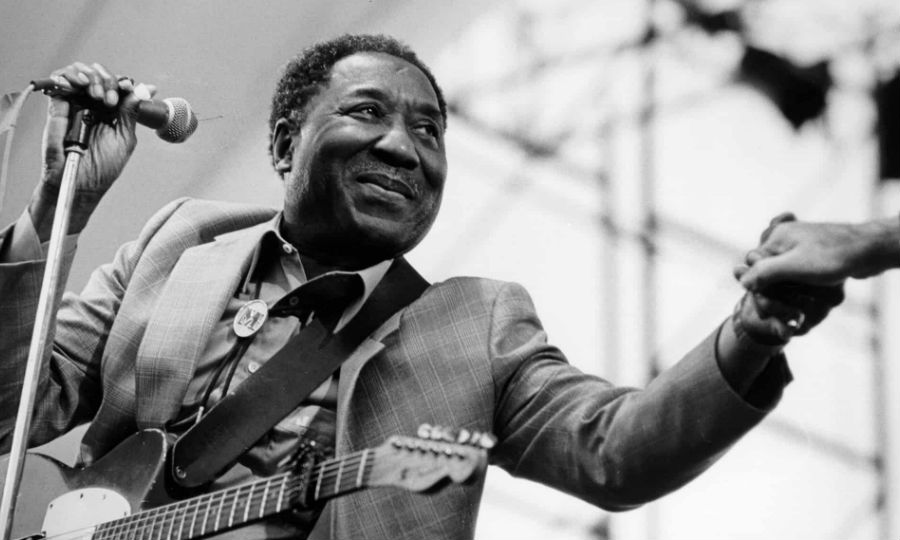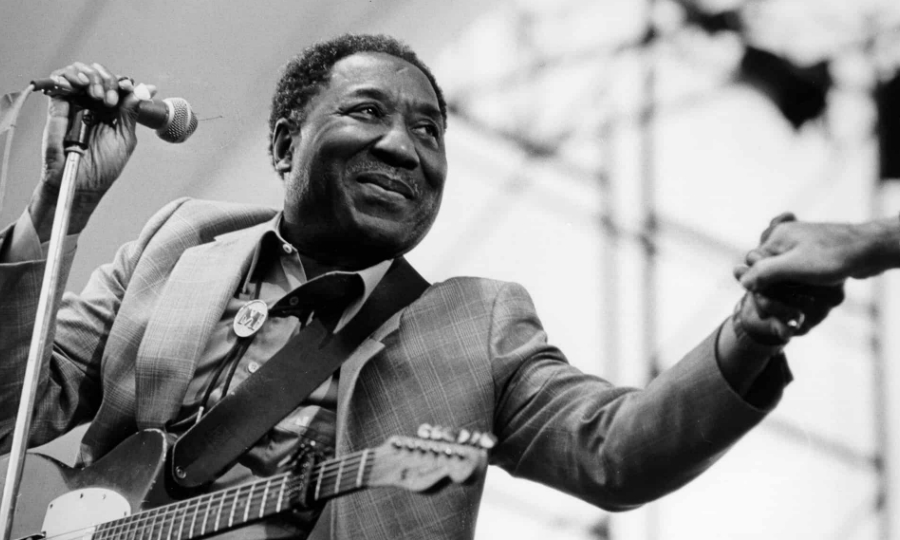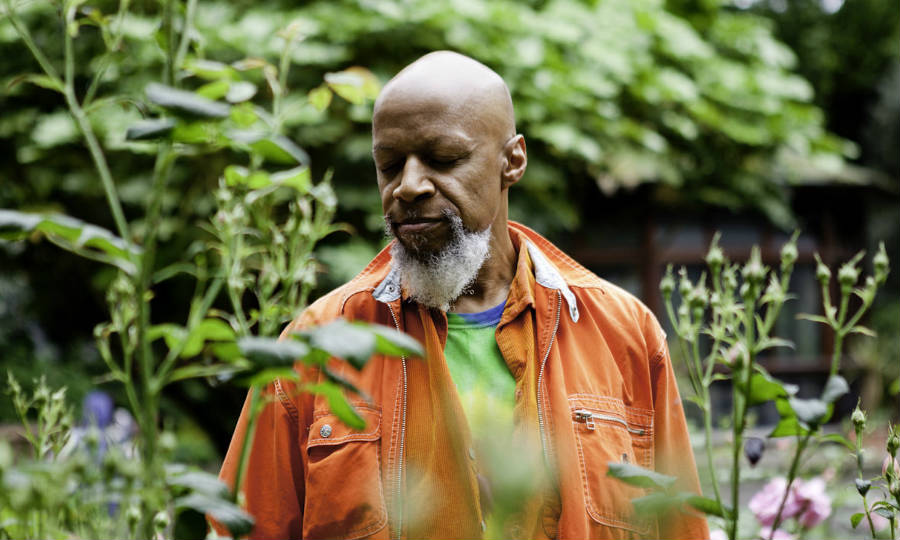What defines background music? The perfect blend of rhythm, and groove yet without the ability to distract or overpower whatever it is you’re doing. Hence this list contains no lyrical music, it’s all instrumental and it’s all bullet-proof, background gold.
Perhaps you’re cooking at home – maybe entertaining a guest? Perhaps your participating in a chess championship and wish to stay as focused as possible?
From jazz to lounge to classical to techno, it’s all here for your perfect evening.
From Muddy Waters to Brian Eno we have compiled a juicy collection of mouth watering background music. Here’s 5 different artists to set any mood you like.
Muddy Waters
The father of Chicago blues, Muddy Waters is the perfect background music for any occasion. It will also make you look very tasteful and classy. His husky vocals and vintage blues shuffles are not only wildly original for the time but the perfect equilibrium of thick instrumentation and raw simplicity.
Almost every Muddy Waters song has taken on a legend of it’s own being countlessly covered throughout history from The Rolling Stones, Cream and Jimi Hendrix. Muddy Waters endures as one of the great musicians of our time and his phenomenal works are the perfect mood setter. Trust me and try it.
Four Tet
A modern take on background music, Four Tet is an english musician and producer. Keiran Hebden first rose to prominence after moving to London and joining a post-rock band called Fridge.
In 2017 he released his ninth studio album, New Energy. Hebden produced 45 tracks for the album and only 14 made the record meaning it’s quality stuff. While it was intended to be a minimal ambient LP it ended up becoming far more expansive and complex. It’s a departure from the down tempo glitch of his previous four albums and thus became the perfect, ambient background buddy.
Dominique Lawalrée
Sounding sometimes like the inside of a child’s imagination, the meditative simplicity of Dominique Lawalrée‘s work serves as a stream of consciousness that encapsulates the mind and takes you through a beautiful otherworldly realm.
In 1976, Lawalrée founded the Walrus Editions imprint as a way to release and share his non-commercial solo work. Using his label as a launchpad, Lawalrée recorded prolifically releasing over 500 compositions and 29 albums throughout his career. His music often featured measured meditative patterns that embodied ambient sound often consisting of keyboards and synthesisers, which later became part of the New Simplicity movement.
The New Simplicity movement was a group of German composers in the late 70s who railed against the European avant-garde of the 1960s and ’70s and the broader tendency towards objectivity established in the 20th Century. Check out anything from these composers for a lifetime of great background music.
Dominique Lawalrée died this year age 65.
Miles Davis
Arguably the most famous jazz record of all time, Miles Davis‘ Kind Of Blue not only embodies the lucid nirvana of truly good jazz, but the essence of improvisation. Davis at the time was at odds with the chordal complexity and increasingly convoluted state of jazz. Thus he desired to write an album that was a complete return to form and melody.
Scribbling out sheet music one hour before the session, Davis assembled the sextet of saxophonists John Coltrane and Cannonball Adderley, bassist Paul Chambers, drummer Jimmy Cobb, and pianist Bill Evans. They cut two takes of each track and that was that.
It’s smoky miasma and late night ambience are the exact expression of elegance. It is 46 minutes of pure improvised sophistication and remains to this day a true example of musical heaven and some of the best background music ever recorded.
Brian Eno
Suitably crowned the godfather of ambient music, rarely has a single genre ever been so specifically accredited to one person. Brian Eno is a musical pioneer and Ambient 1: Music For Airports is his crowning jewel. Eno himself came up with the term ‘ambient’ to distance himself from the Muzak Coporation in 1978 and thus is synonymous with relaxation.
When Brian Eno was recovering from being hit by a car, a friend visiting him put on a 19th Century harp record and left the room. The speakers were at such a low setting so as to blend with the outside world and Eno was too weak to get up and change the volume; thus ambient music was born.
Often cited as the perfect background music, Eno creates remarkably interesting tones so as to create a complete sense of placid tranquility.




